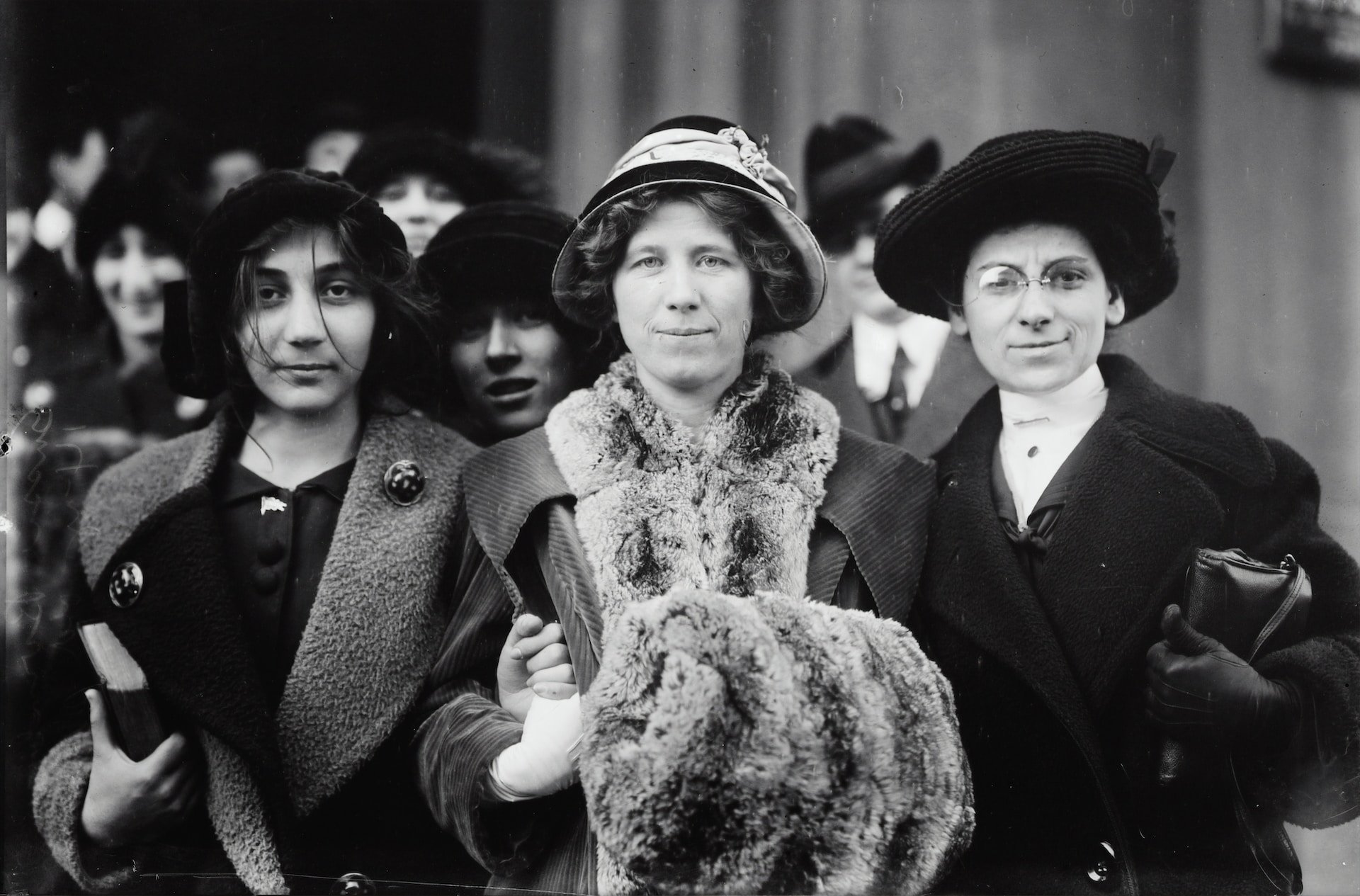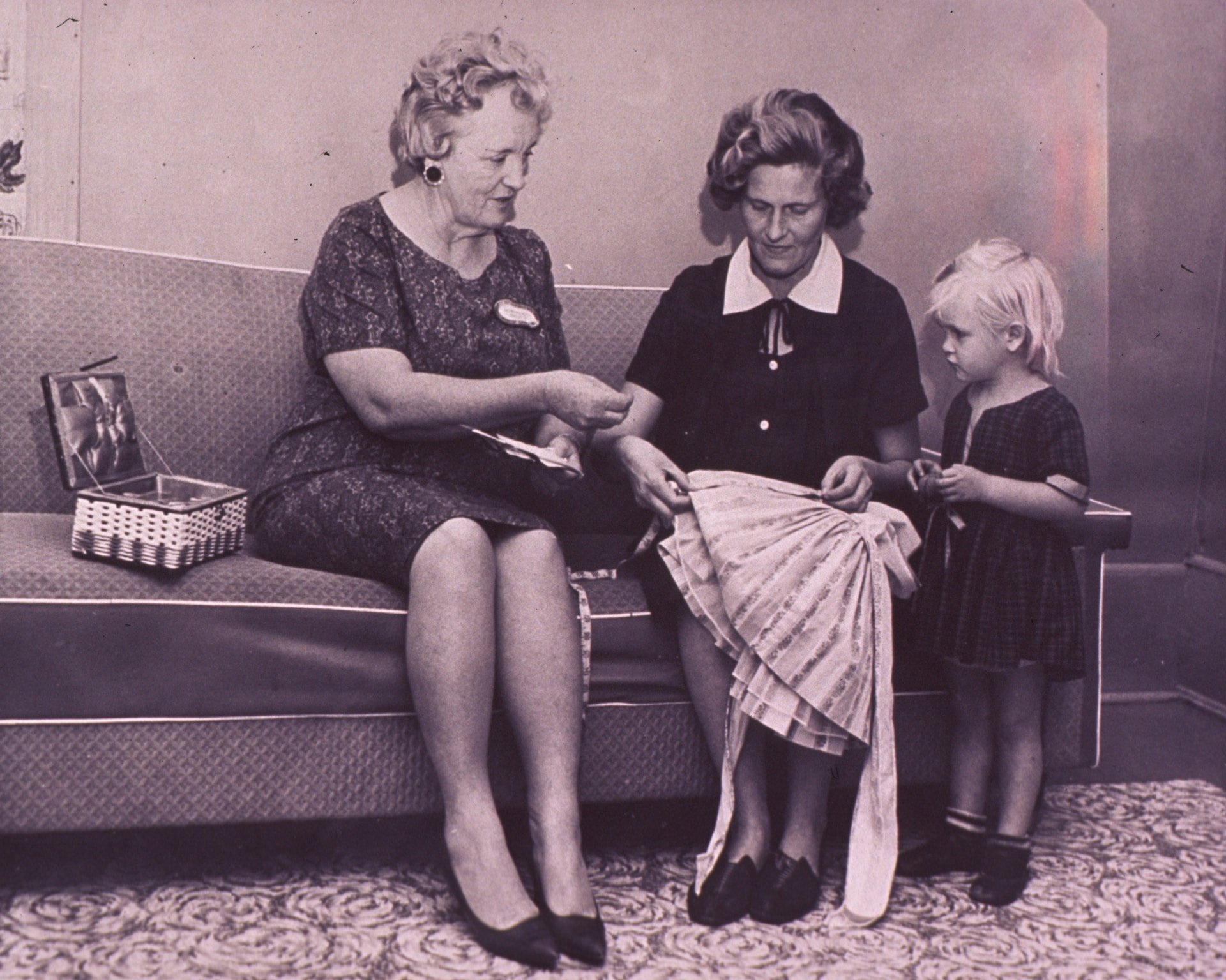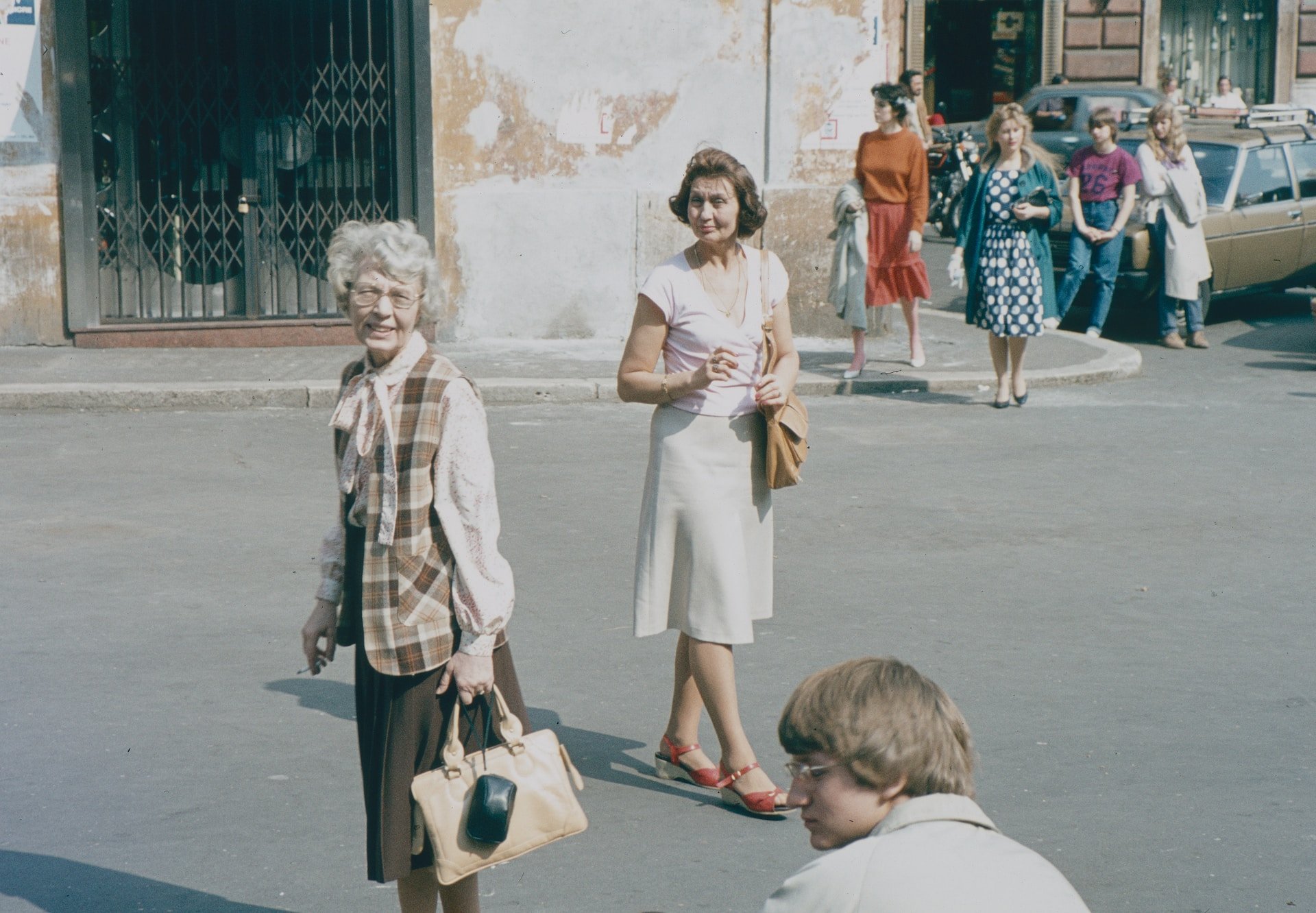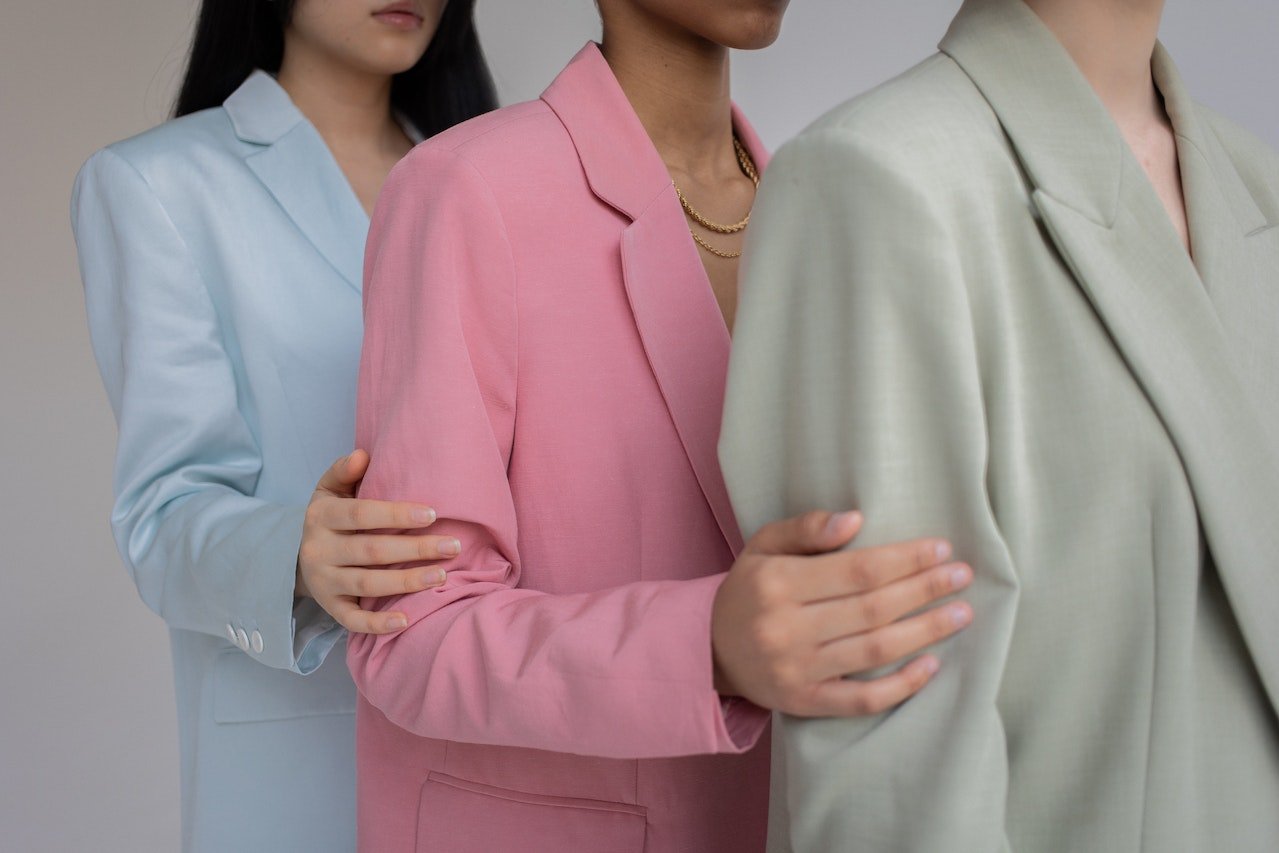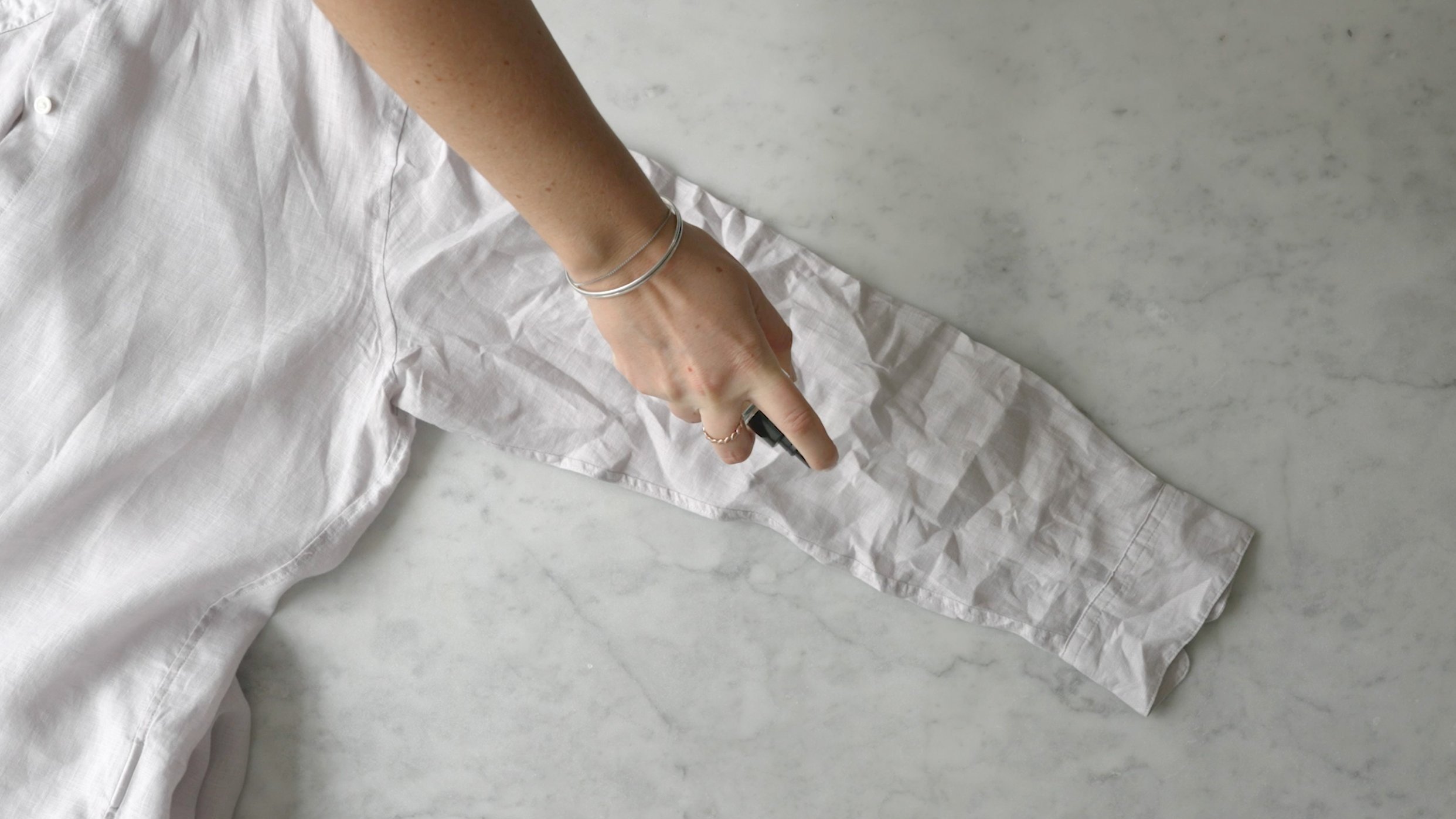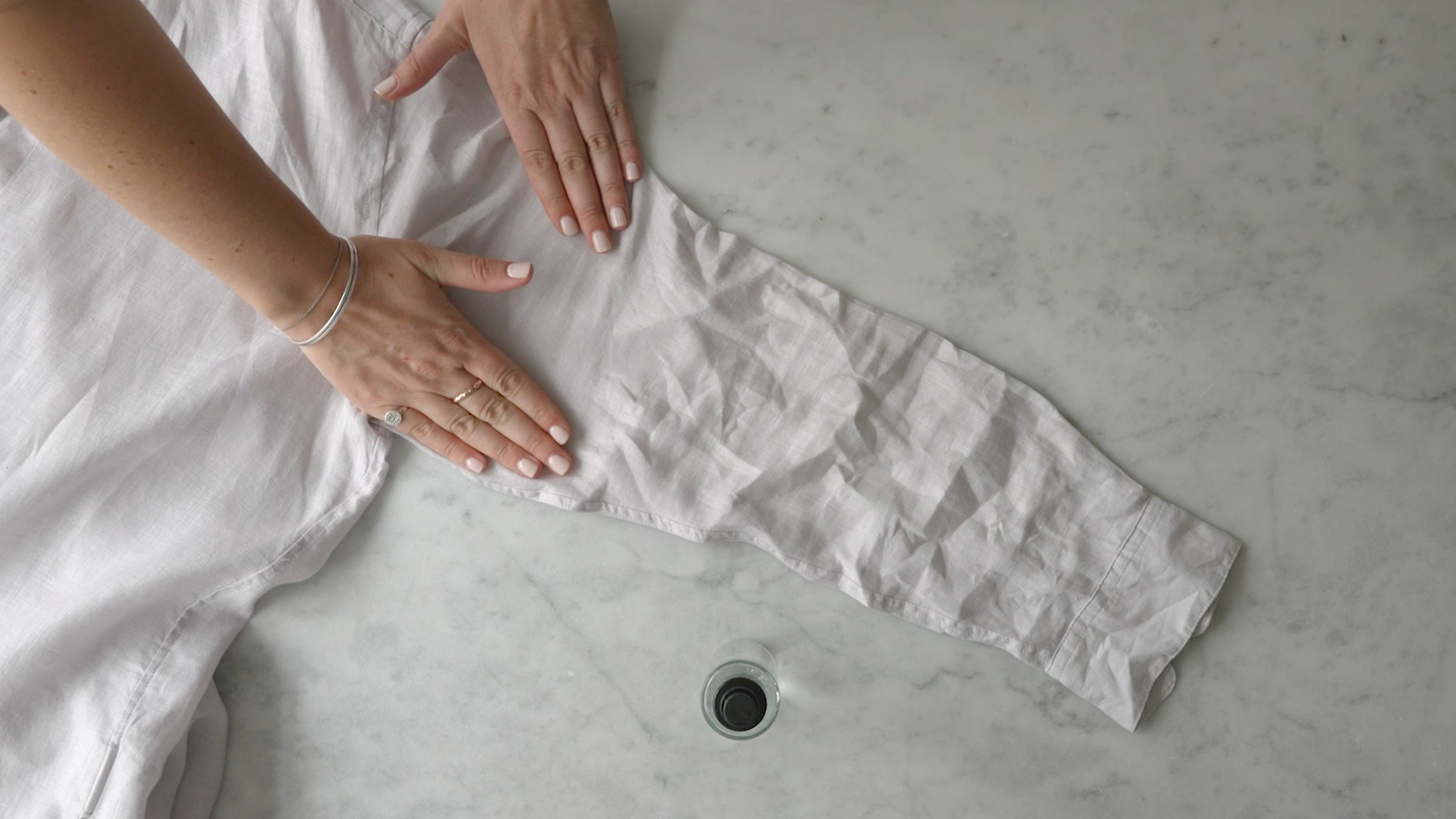Why this is the year of linen
Linen has been around since the dark ages, its popularity rising and falling with the times. And right now, this ultra-cooling fabric can’t get any hotter. From boutique brands like Son de Flor and Faithfull the Brand, to fashion stalwarts like Dior and Fendi, the last year or two have seen the industry’s biggest and brightest embracing the linen trend.
And this year, it seems the world still can’t get enough of linen. Here are just a few reasons why.
Fashion’s evolution reflects our evolving society.
History is filled with examples of the close-knit relationship between the clothes we wear and the world we live in. In the 1920s – after almost a century of fighting the good fight – the Women’s Suffrage Movement finally won women the right to vote. Armed with a new-found sense of power and freedom, women threw off their corsets. They shortened their sleeves, hair, and hemlines. As the ladies of the roaring 20s came into their own, lively flapper fringe, bold sequins, and dropped waistlines dominated the sartorial landscape.
Just a few years later, World War II changed everything. With so many of the men off to war, women joined the workforce in droves. Factory work meant a more practical approach to clothing, with more masculine and military-style silhouettes. As rationing led to fabric shortages, hemlines came up, and extra details like pockets and pleats were stripped back.
Fast-forward to the 1980s, society was influencing fashion yet again. By 1983, the US had recovered from a deep recession, and was in the midst of a booming economy. In this era of wealth and excess, fashion went big. Big shoulder pads, big sleeves, and even bigger hair. But by the decade’s end, the economy had collapsed into another recession. Fashion responded by rejecting the decadence of the 80s, and embracing the low-key threads and careless ripped jeans of 90s grunge.
Today’s society is shaping what we wear, too.
There’s no denying the 2020s have got off to a shaky start. Between a global pandemic, major political divides, and an ever-changing climate, the world is feeling more than a little out of control. And it seems the chaos has us yearning for the simplicity of the good old days. Back when televisions had three channels, phones had cords, and Facebook was nothing but a twinkle in Mark Zuckerberg’s eye.
Our collective romanticizing of a slower-paced, idyllically rural lifestyle has made its way into fashion, via ‘cottagecore’. One of the biggest trends of the early 2020s, the cottagecore style harks back to the simple life. Think prairie dresses, billowing sleeves, gingham, and earthy tones. Oh… and linen. Lots and lots of linen.
The subculture’s roots can be traced all the way back to the infamous 18th century fashion icon, Marie Antoinette. The ill-fated queen of France built her very own rustic village, where she could relax, unwind, and enjoy the simple life. Far from the scandal and frivolity of court, Marie traded in her sumptuous gowns for rustic, peasant-style clothing. The trend soon took off among the aristocracy. Hundreds of years later, cottagecore has made a comeback – and it brought linen with it.
The re-emergence of linen isn’t just about simplicity. It’s also about sustainability.
Climate change is one of the defining issues of our generation, and it’s having a major effect on fashion. The industry is notoriously unkind to the planet. With more and more people seeking to make sustainable choices, fashion designers are looking for ways to lessen the impact. And in the sustainability stakes, linen scores top marks.
Linen is made from flax, which can grow in low-quality soil and doesn’t need as much water as cotton. The process of making linen uses every single part of the flax plant, so it’s incredibly low-waste. Highly durable, it’s the very opposite of fast-fashion. All this makes linen the ideal fabric for the eco-conscious 2020s.
Whatever the reason linen is in fashion, we’re here for it.
Linen is all-natural, cool, classic, and timeless. From tailored shirts to flowy shift dresses, pleated shorts to wide-legged pants, here at Poète we love all things linen. The only thing we don’t love? How easily it wrinkles.
We’ve carefully crafted Poète Clothing Spritz to help release wrinkles effortlessly, without needing to get out the ironing board. With only a few sprays, your linen clothing will be delicately scented and effortlessly ready-to-wear. Your linen will love you for it.


